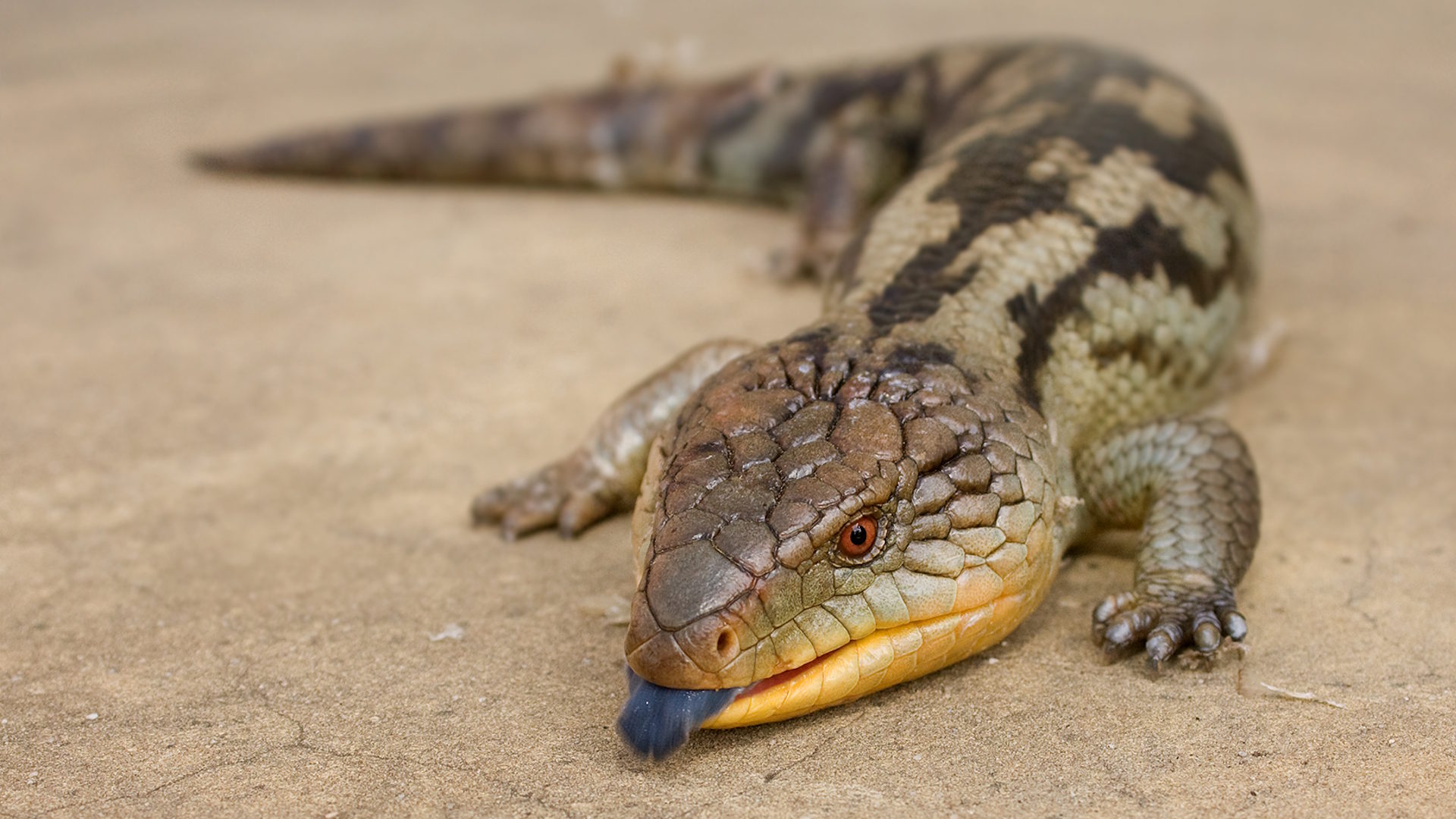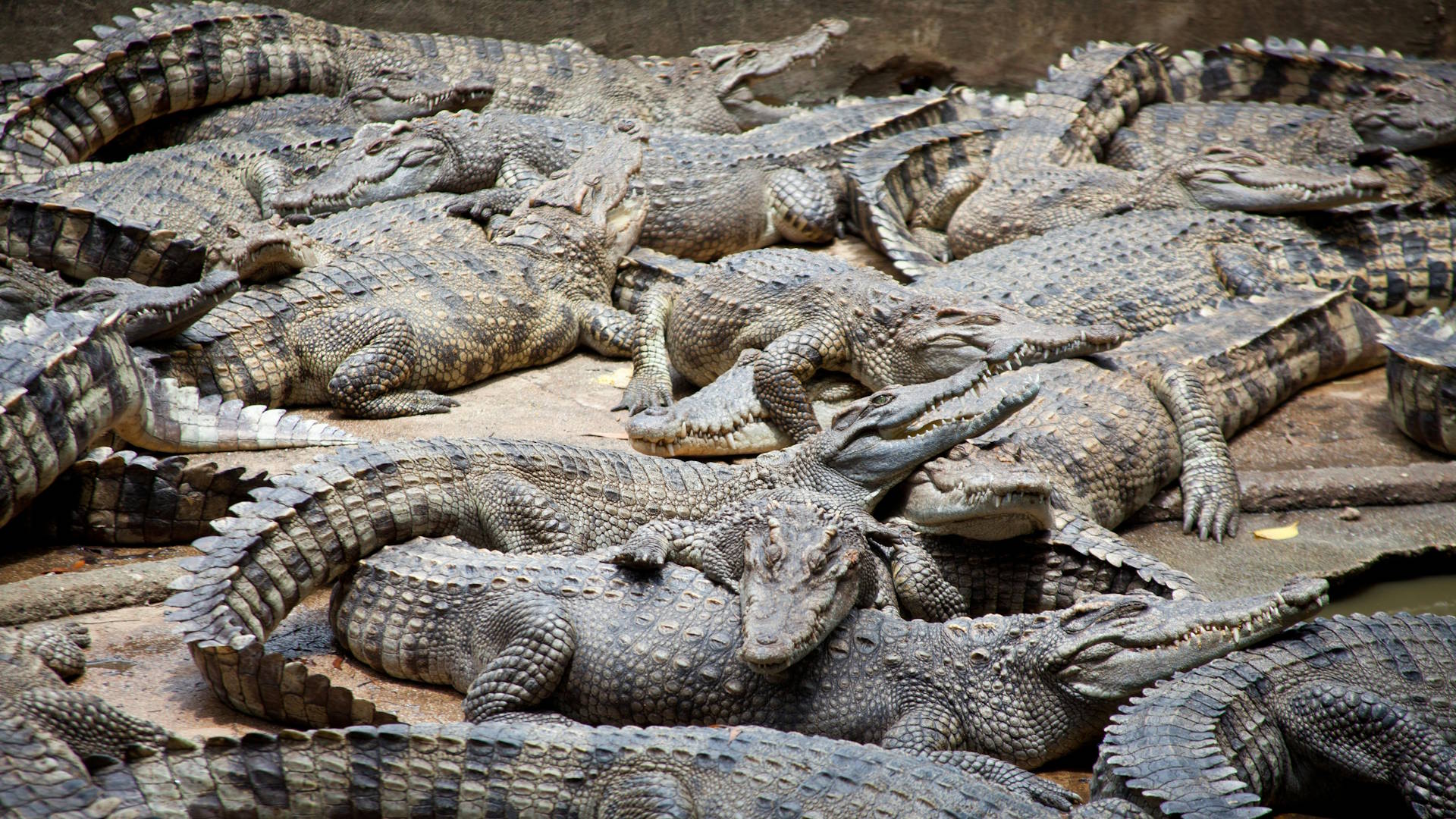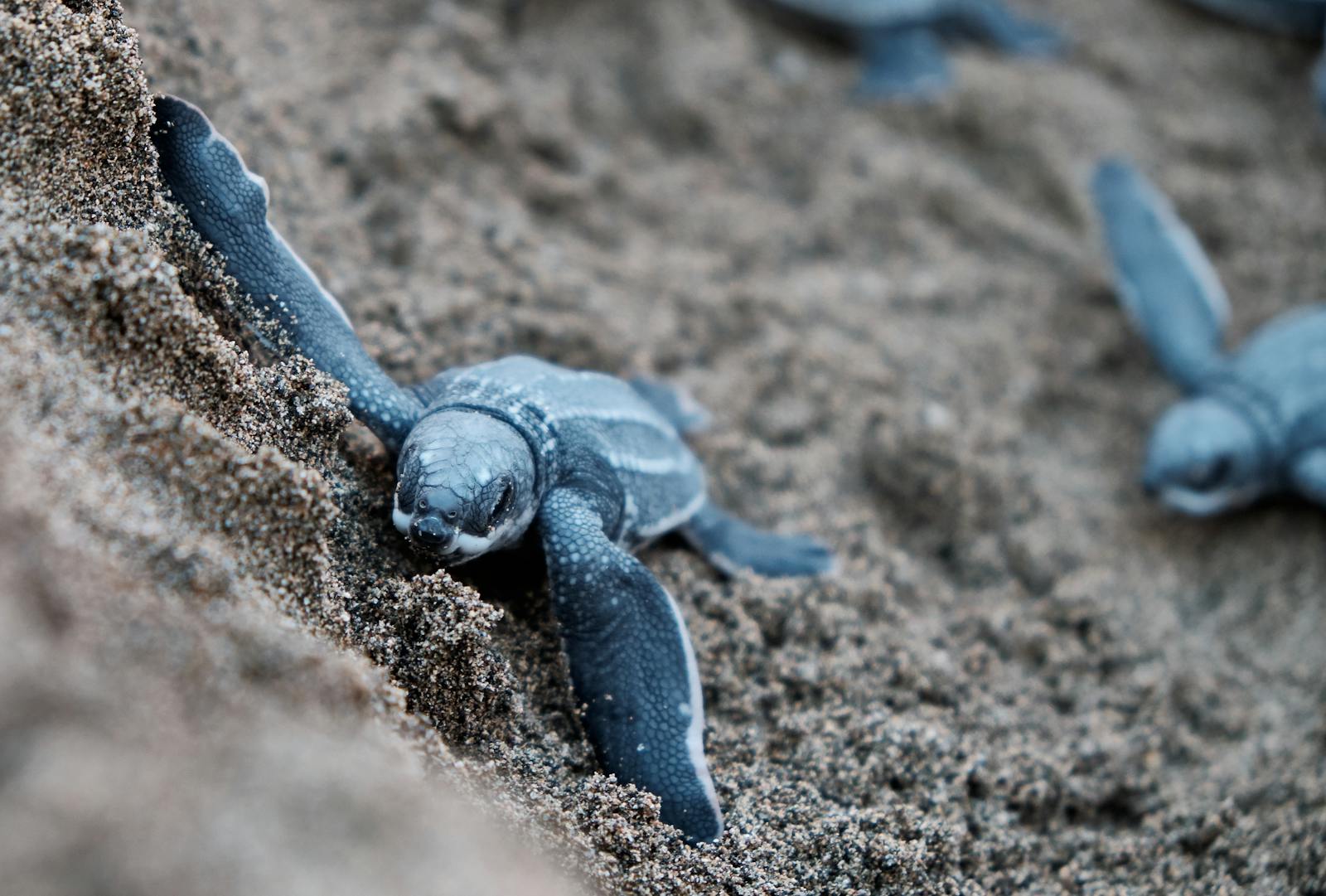Reptile conservation stands at a fascinating crossroads of scientific inquiry, ethical considerations, and practical challenges. With over 10,000 reptile species worldwide and nearly 21% facing extinction threats, conservation efforts have intensified in recent decades. However, not all approaches have been embraced universally. Some programs, despite noble intentions, have sparked heated debates among conservationists, local communities, animal rights activists, and policy makers. These controversial initiatives raise profound questions about our responsibilities toward endangered species and the most effective ways to protect them. This article examines several of the most contentious reptile conservation programs worldwide, analyzing their methodologies, successes, failures, and the ethical quandaries they present.
Headstarting Programs: A Race Against Nature?
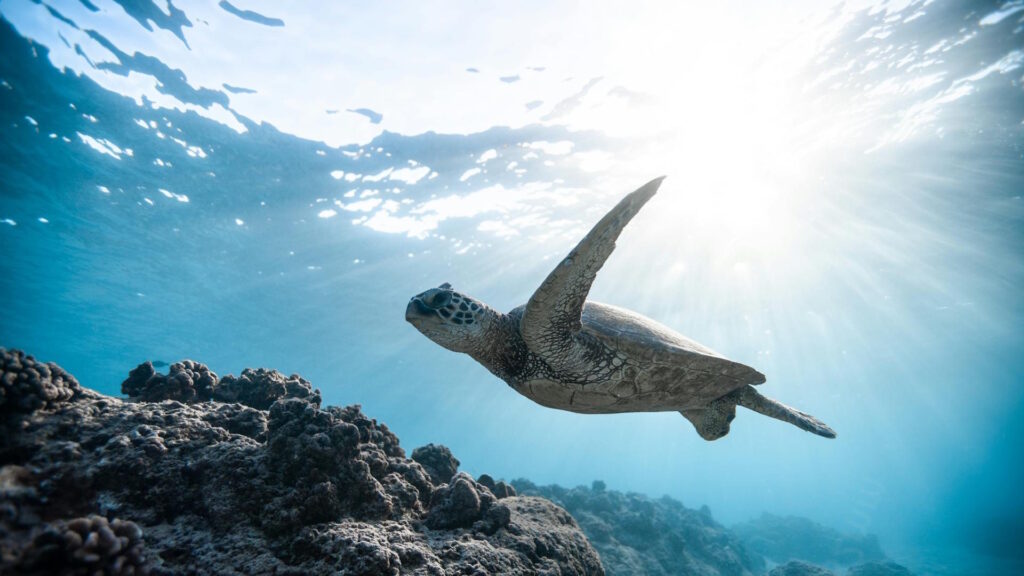
Headstarting programs for endangered reptiles, particularly sea turtles and tortoises, involve collecting eggs from vulnerable nests, hatching them in controlled environments, and releasing juveniles once they’ve grown large enough to have better survival odds. These initiatives have generated controversy because they interfere with natural selection processes that have evolved over millions of years. Critics argue that by protecting hatchlings from predators and environmental stresses, we might inadvertently weaken the gene pool by allowing less fit individuals to survive. Moreover, some research suggests headstarted animals may lack crucial survival behaviors they would have learned in the wild. Despite these concerns, programs like the Kemp’s ridley sea turtle headstarting initiative have contributed to population increases after catastrophic declines, demonstrating that carefully managed intervention can yield positive results in crisis situations.
Crocodile Ranching: Conservation Through Commercialization
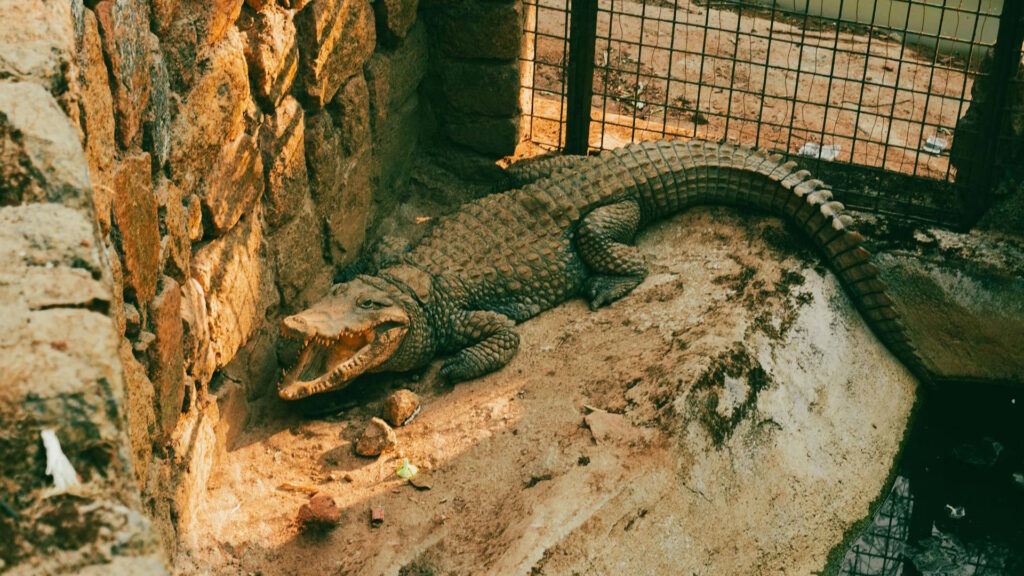
Crocodile ranching programs, especially popular in Australia, Zimbabwe, and Papua New Guinea, operate on the controversial premise that creating economic value for reptiles can ensure their conservation. These programs typically collect eggs from the wild, raise the hatchlings in captivity, and harvest a percentage for commercial products like leather and meat while releasing others back to their natural habitats. Proponents argue this approach gives local communities financial incentives to protect wild populations and their habitats rather than viewing crocodilians as nuisances or threats. Critics counter that commercialization risks prioritizing profitable traits over ecological importance, potentially skewing natural selection and leading to genetic bottlenecks in wild populations. Additionally, concerns about animal welfare in ranching facilities and the potential for laundering illegally harvested specimens through legal operations continue to plague these programs despite their documented successes in countries like Australia, where saltwater crocodile populations have rebounded dramatically since commercial ranching began.
Burmese Python Control in the Everglades

The invasive Burmese python crisis in Florida’s Everglades has prompted some of the most controversial reptile management approaches in conservation history. With native mammal populations declining by over 90% in some areas due to python predation, authorities have implemented programs including public hunting challenges, trained detection dogs, and even experimental genetic biocontrol methods. These efforts have sparked intense debate about the ethics of killing one species to save others, particularly when the invasive species arrived through human activity in the pet trade. Animal welfare organizations have criticized the annual Python Challenge, which encourages amateur hunters to kill pythons, citing concerns about humane treatment and potential misidentification of native snakes. Meanwhile, conservationists focused on preserving the Everglades ecosystem argue that the ecological damage caused by pythons justifies aggressive control measures. The controversy highlights the difficult ethical calculations involved when conservation objectives conflict with animal welfare considerations.
Komodo Dragon Tourism: Exploitation or Salvation?
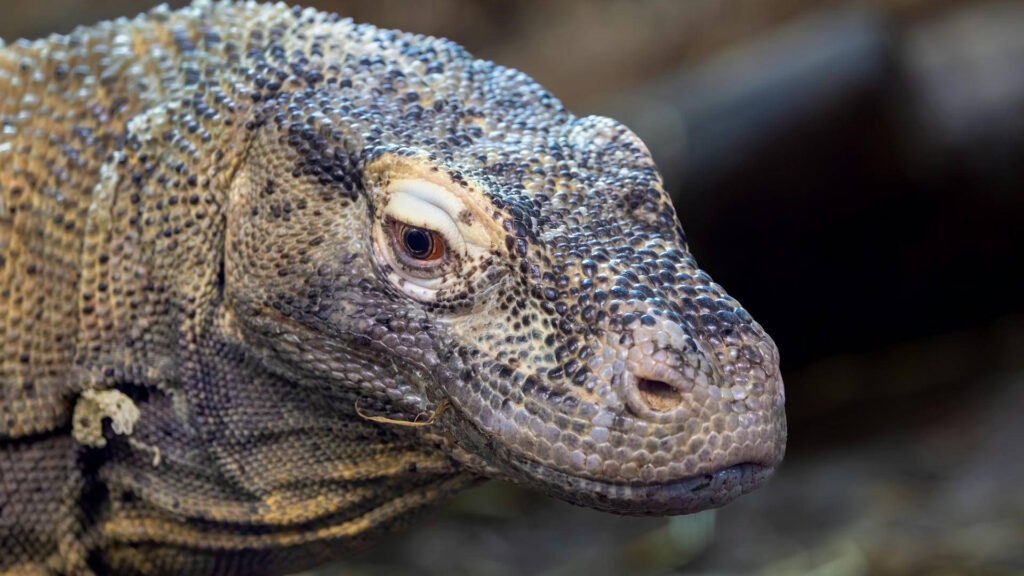
Conservation programs centered around Komodo dragon tourism in Indonesia exemplify the double-edged sword of using charismatic reptiles as flagship species for economic development. The establishment of Komodo National Park has created a lucrative tourism industry that generates funds for conservation while raising awareness about these remarkable reptiles. However, recent controversial proposals to develop “premium tourism” facilities on Rinca Island, including a “Jurassic Park” attraction, have alarmed conservationists who fear habitat degradation and disruption of natural behaviors. Local communities have expressed frustration about being excluded from conservation planning while bearing restrictions on traditional resource use. The Indonesian government maintains that controlled tourism development is necessary to finance conservation efforts and provide sustainable livelihoods. This tension illustrates how conservation programs that commodify reptile species must carefully balance economic benefits against ecological integrity and social justice concerns.
Rattlesnake Roundups: Cultural Tradition vs. Conservation Ethics
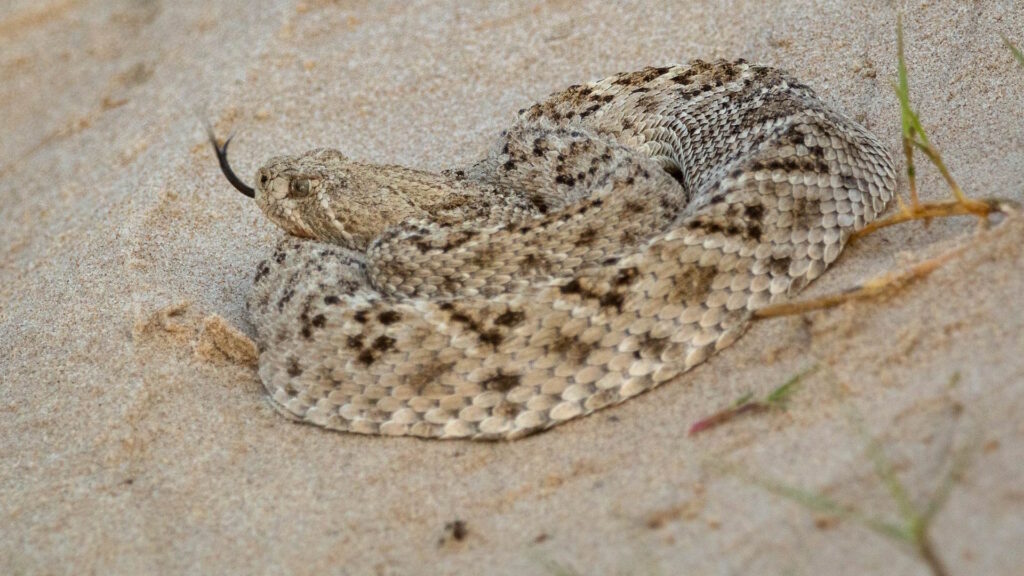
Rattlesnake roundups, particularly those held in small towns across Texas, Oklahoma, and Georgia, represent perhaps the most polarizing reptile-related events in North America. These community festivals, some dating back over 70 years, involve the mass collection and often killing of wild rattlesnakes for entertainment, food, and products. Defenders of the practice cite cultural tradition, economic benefits for rural communities, and perceived public safety advantages. Conservation biologists, however, have documented concerning population declines in areas where roundups occur, with some events removing thousands of snakes annually from local ecosystems. The controversy intensified when research revealed that methods used to collect snakes, such as gassing burrows with gasoline, harm numerous non-target species including federally protected ones. Some roundups have transformed into wildlife appreciation events that do not kill snakes, but others continue the controversial harvesting practices despite scientific evidence of ecological harm.
Captive Breeding and Reintroduction Controversies

Captive breeding and reintroduction programs for critically endangered reptiles like the Jamaican iguana and Chinese alligator have generated their share of controversy despite some remarkable successes. These programs face criticism regarding genetic management, with concerns that limited founder populations lead to inbreeding and adaptation to captivity rather than wild conditions. For instance, the breeding program for the Grand Cayman blue iguana successfully prevented extinction but now faces questions about maintaining genetic diversity in the recovered population. Reintroduction efforts also spark debates about resource allocation, with some conservationists arguing that funds would be better spent on habitat protection rather than expensive breeding facilities. Additionally, some reintroduction programs have been criticized for releasing animals into suboptimal habitat or areas still facing the same threats that caused initial declines. The ethical dimensions of keeping animals in captivity for multiple generations, sometimes with poor breeding success, adds another layer to these controversies.
Habitat Manipulation and Prescribed Burning
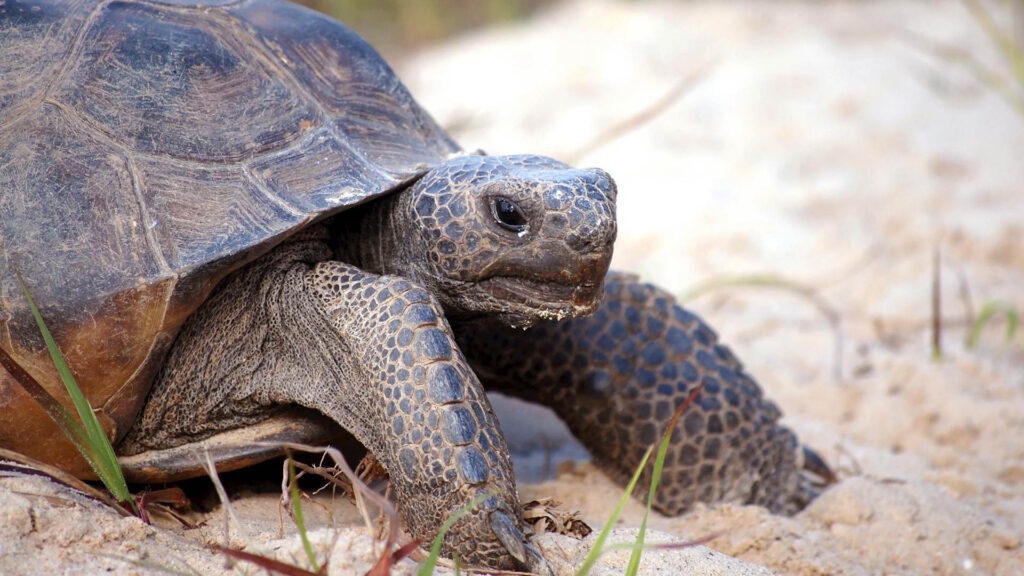
Conservation programs utilizing prescribed burning and other habitat manipulation techniques to benefit reptiles like gopher tortoises and indigo snakes have become increasingly controversial in regions where human development encroaches on natural areas. These management approaches attempt to mimic natural disturbance patterns that many reptile species evolved with, but they can create conflicts when implemented near residential areas or in fragmented landscapes. Critics raise concerns about animal mortality during burns, smoke impacts on human communities, and the risk of fires escaping control. Conservation biologists counter that many specialized reptiles face extinction without active habitat management, pointing to research showing increased reptile diversity following appropriate fire regimes. The controversy extends to questions about how closely managed burns should attempt to replicate historical fire patterns in ecosystems now fundamentally altered by human activity, development, and climate change.
Translocation Programs: Moving the Problem?

Translocation programs, which relocate reptiles from areas slated for development to protected habitats, represent a controversial compromise between development interests and conservation. These efforts have been implemented for numerous species, from gopher tortoises in Florida to tuatara in New Zealand, but their effectiveness remains disputed. Scientific studies indicate that translocated reptiles often suffer high mortality rates, fail to establish breeding populations, or attempt hazardous returns to their original territories. Critics argue that developers use translocation as “greenwashing” to proceed with habitat destruction while claiming to support conservation. Defenders of carefully designed translocation programs point to improving success rates when proper habitat assessment, soft release methods, and long-term monitoring are implemented. The controversy reflects broader tensions between accommodating economic development and maintaining ecological integrity, particularly as suitable relocation habitats become increasingly scarce.
Snake Island Conservation in Brazil

The Golden Lancehead conservation program on Brazil’s Ilha da Queimada Grande (Snake Island) highlights the extreme measures sometimes employed to protect highly endangered reptiles. This small island hosts the entire wild population of the critically endangered Golden Lancehead viper, one of the world’s deadliest snakes. Brazilian authorities maintain a strict quarantine of the island, prohibiting public access except for authorized scientific expeditions. This approach has generated controversy on multiple fronts, with some local residents resenting exclusion from traditional fishing grounds around the island, while others criticize the resources dedicated to protecting a deadly snake species. The scientific community itself disagrees about whether maintaining isolation is sufficient or if more interventionist approaches like captive breeding are necessary given the population’s vulnerability to disease outbreaks, fires, or illegal collection. The case demonstrates how conservation of dangerous reptile species creates unique public relations challenges compared to more charismatic endangered animals.
Alligator Population Control in Urban Areas
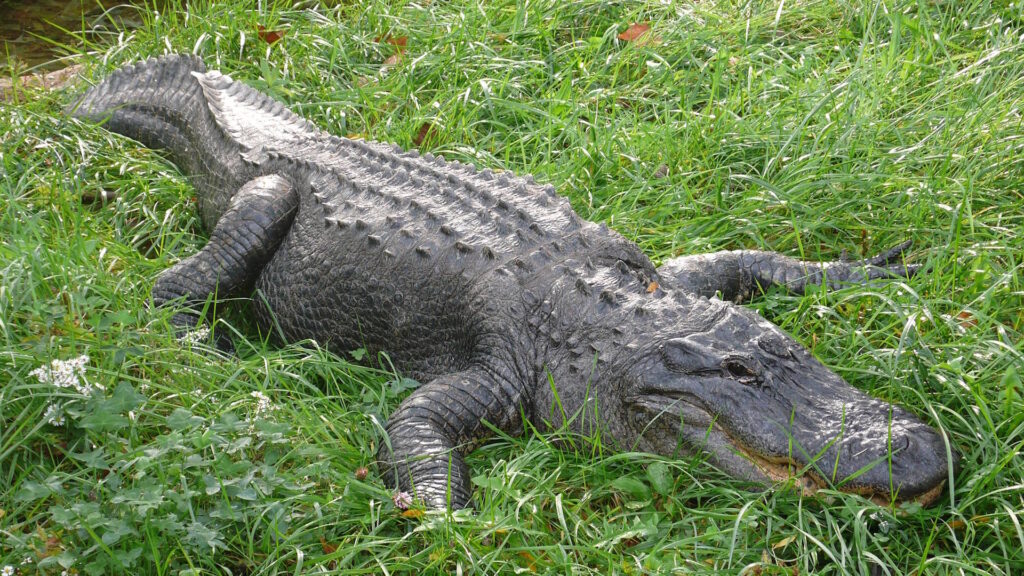
The management of American alligator populations in rapidly urbanizing areas of Florida and other southeastern states represents a fascinating conservation paradox and source of ongoing controversy. Having recovered from near-extinction in the mid-20th century to become a conservation success story, alligators now frequently come into conflict with humans in developed areas that were once natural wetlands. Management programs that remove “nuisance” alligators generate fierce debates about whether the animals or the humans encroaching on their habitat should bear responsibility for conflicts. Critics argue that the current approach, which often results in the killing of large alligators, punishes the animals for human development decisions and creates perverse incentives for alligator trappers who can sell the hides and meat. Conservation advocates propose alternative solutions including better public education, habitat connectivity, and modified development regulations. This controversy highlights the challenges of maintaining recovered reptile populations in landscapes increasingly dominated by human activity.
Invasive Iguana Management in the Caribbean
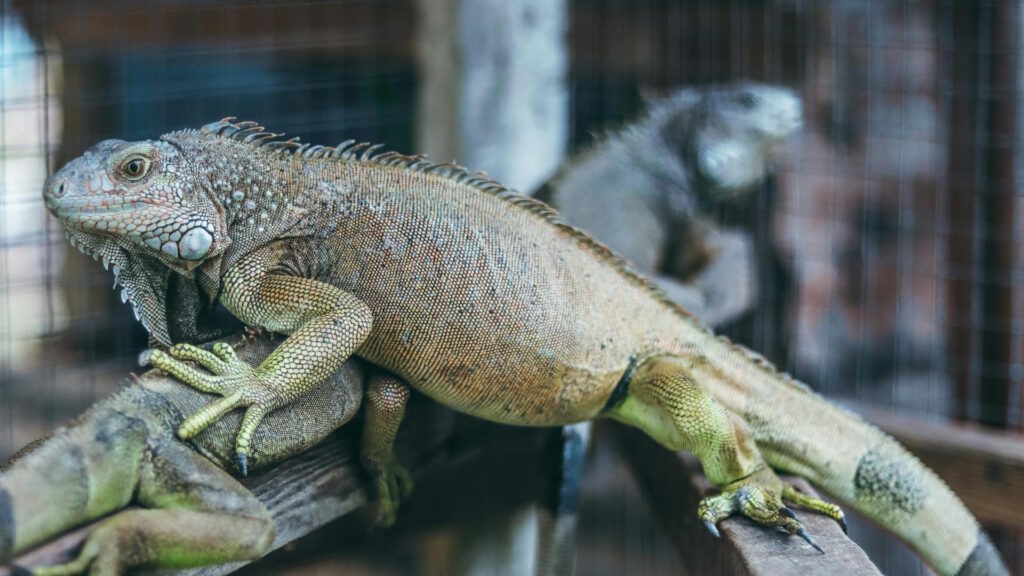
Management programs targeting invasive green iguanas in the Caribbean have become lightning rods for controversy as authorities implement increasingly aggressive control measures. On islands like Grand Cayman, Puerto Rico, and throughout the Lesser Antilles, these large herbivorous lizards damage native vegetation, compete with endangered species, and undermine infrastructure through burrowing. Government programs encouraging hunting, trapping, and even converting iguanas into commercial food products have drawn criticism from animal welfare organizations that question the humaneness of these methods. The controversy intensified when some islands began offering bounties for dead iguanas, leading to concerns about animal cruelty and misidentification of native species. Conservation biologists generally support control efforts based on evidence of ecological damage but advocate for humane protocols and community education. The situation is further complicated by the fact that green iguanas are endangered in parts of their native range while being destructive invaders elsewhere.
Conservation Through Sustainable Use Programs
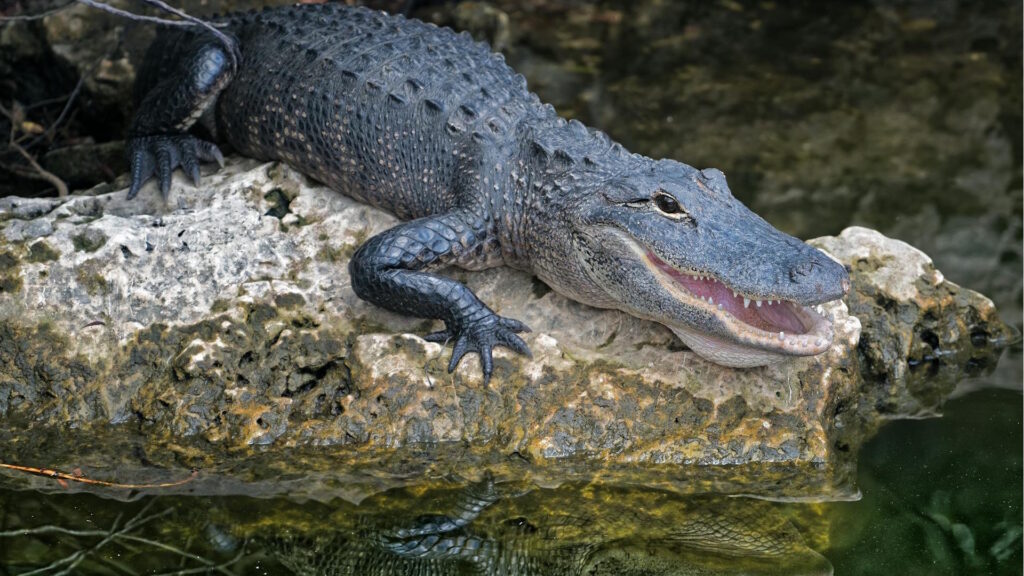
Sustainable use programs for reptiles, which permit limited, regulated harvesting of certain species to create economic incentives for conservation, remain among the most hotly debated approaches in reptile management. The most prominent examples include sustainable harvesting of yellow anacondas in Argentina and various python species in Southeast Asia for the leather trade. Proponents argue these programs follow the successful model used for American alligators, where commercial value helped transform a persecuted species into a protected resource. However, critics point to significant differences in reproductive rates, monitoring capabilities, and governance structures that make such programs potentially dangerous for less resilient species. Conservation organizations remain divided, with some supporting well-regulated sustainable use while others advocate strictly protectionist approaches. The controversy touches on fundamental questions about whether conservation should prioritize entire ecosystems and their processes or focus on maximizing the numbers of individual protected species.
The Future of Controversial Conservation Approaches
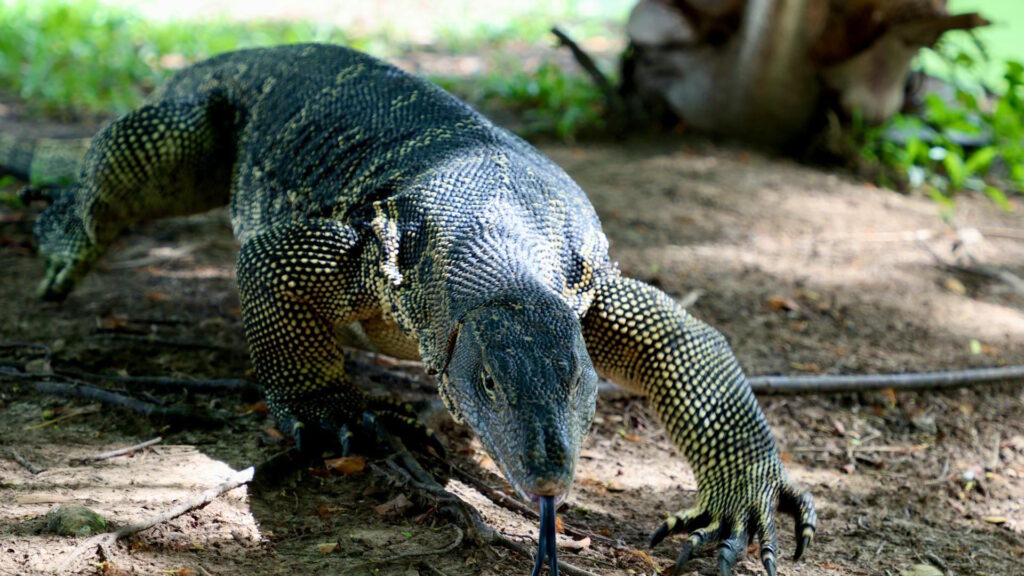
The future of controversial reptile conservation programs likely depends on improved integration of scientific evidence, ethical considerations, and community perspectives. Emerging approaches emphasize adaptive management, where conservation strategies are continuously evaluated and refined based on monitoring data rather than ideological positions. Technological advances in genetic analysis, remote monitoring, and habitat restoration techniques offer promising tools to address some controversies by providing better information about program impacts. Many conservation organizations now recognize that local community support is essential for program success, leading to more collaborative approaches that incorporate traditional knowledge and socioeconomic concerns. The most productive path forward may involve case-by-case evaluation rather than blanket endorsement or rejection of controversial methods, with greater transparency about the tradeoffs and uncertainties involved in each conservation decision. As climate change intensifies pressures on reptile populations worldwide, finding balanced, effective conservation strategies becomes increasingly urgent despite the inevitable controversies they generate.
Conclusion

The controversies surrounding reptile conservation programs reflect deeper tensions in our relationship with wildlife and natural systems. While some programs have undoubtedly helped species recover from the brink of extinction, others raise troubling questions about unintended consequences, ethical boundaries, and respect for natural processes. The most successful approaches tend to combine sound science with sensitivity to cultural contexts and genuine community involvement. As reptile species face mounting threats from habitat loss, climate change, disease, and exploitation, the conservation community must continue refining its methods through honest assessment of both successes and failures. Perhaps the ultimate measure of these programs’ worth isn’t whether they generate consensus, but whether they contribute to a world where reptiles can fulfill their ecological roles while coexisting with human societies that value their continued existence.

